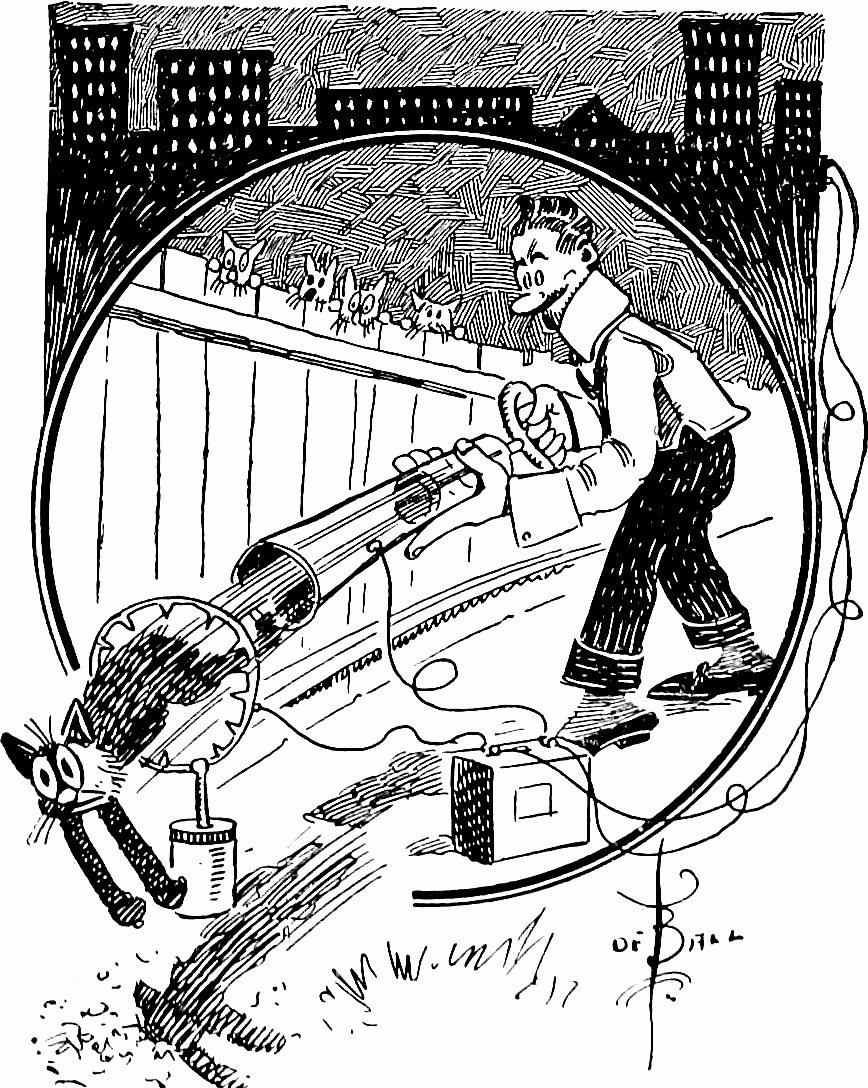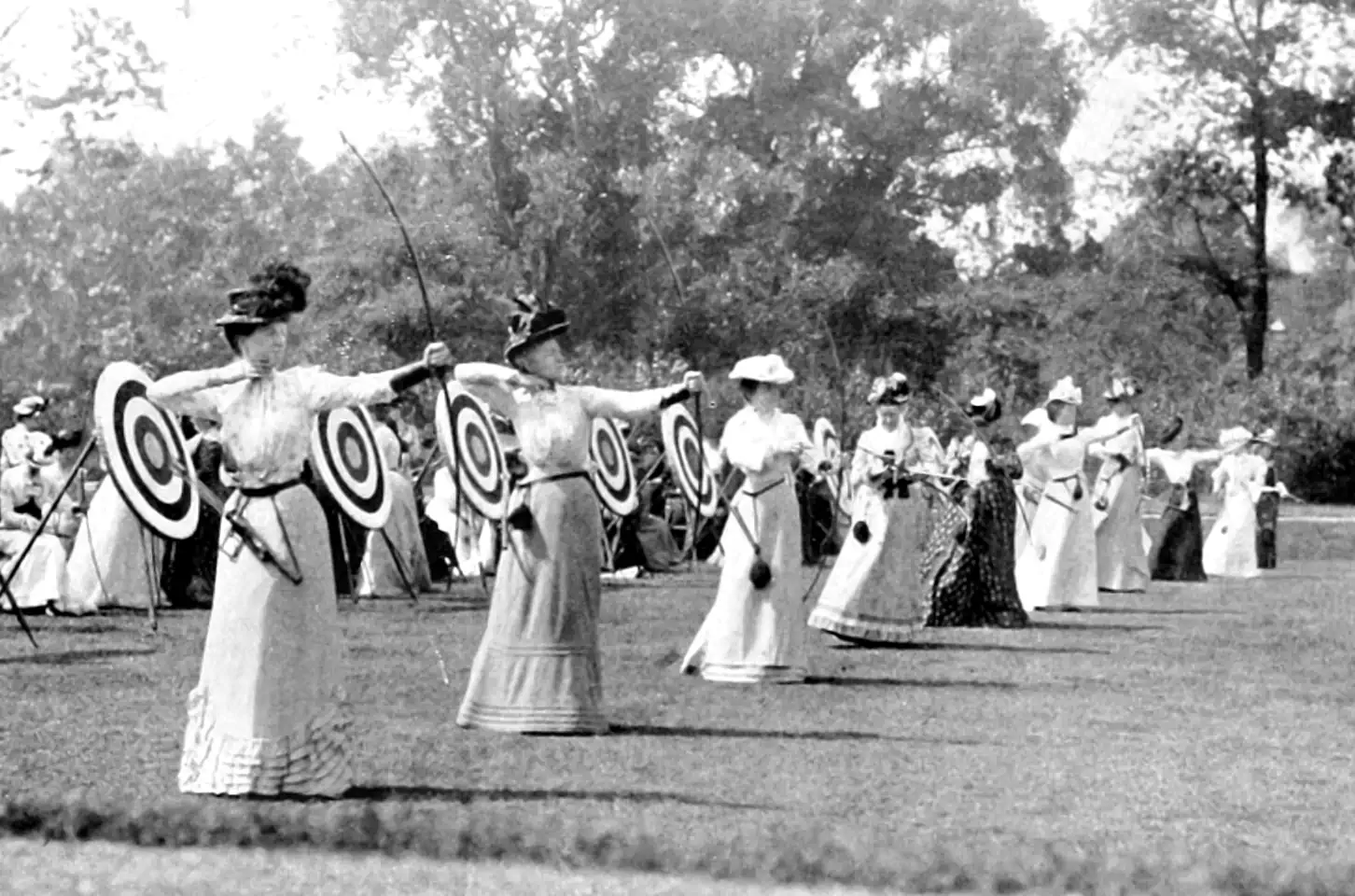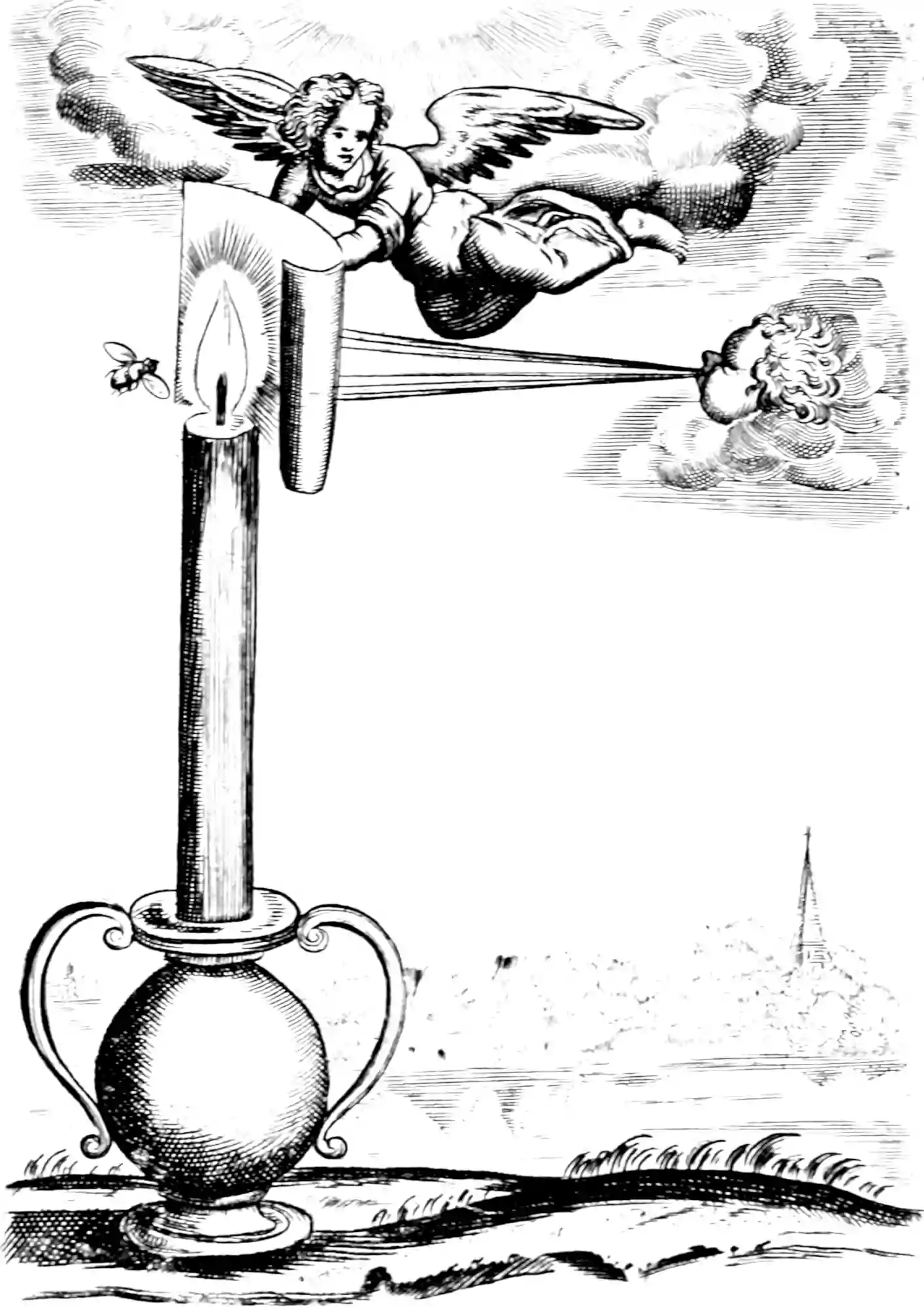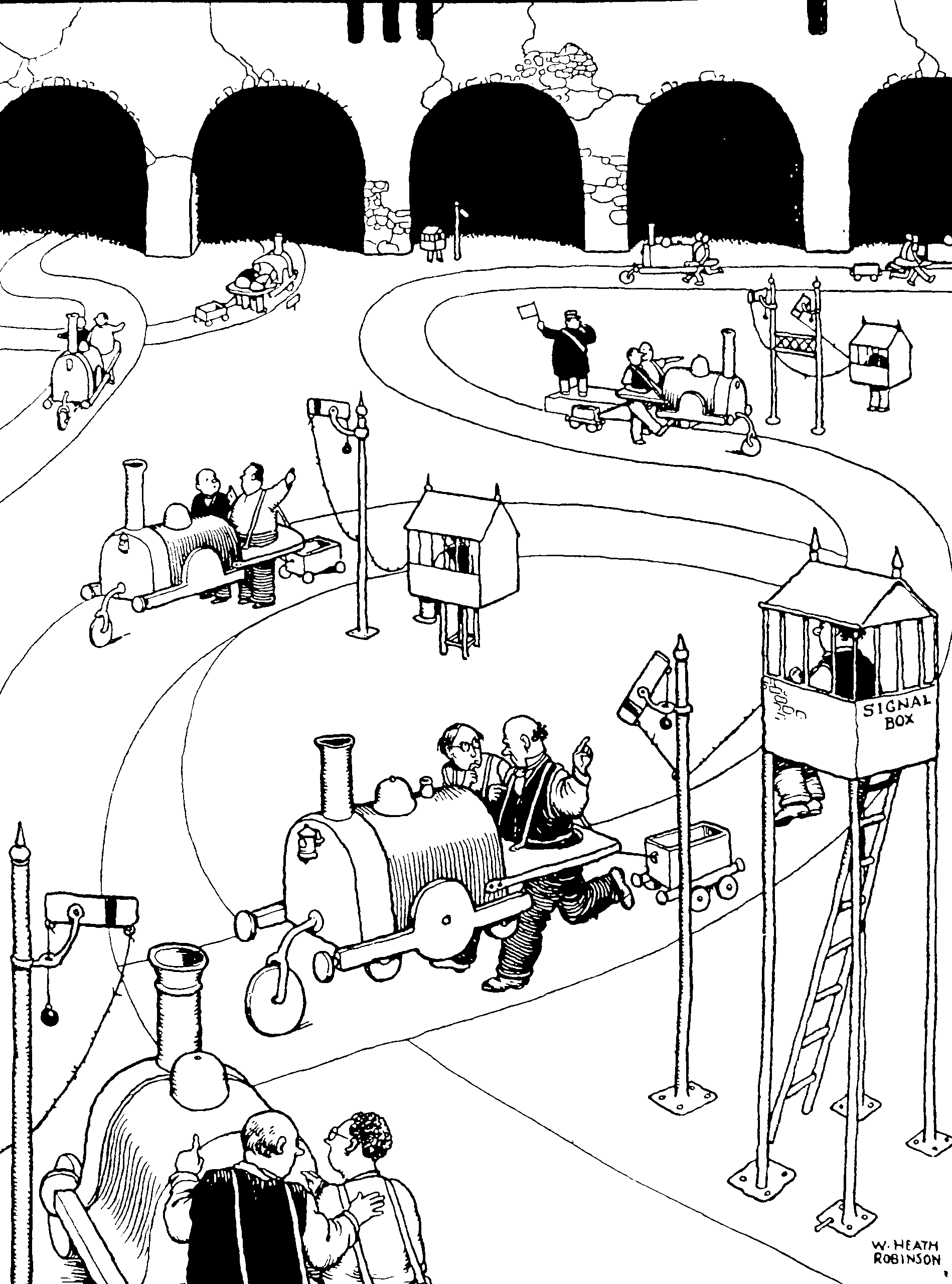Optimal control
2015-06-22 — 2019-11-01
Wherein the theory of linear quadratic regulators and Riccati equations is outlined, and recent approaches framing control as online regret minimization via gradient perturbation, with links to H∞ robustness and POMDPs, are recorded.
Nothing to see here; I don’t do optimal control. But here are some notes from when I thought I might.
Karl J. Åström and Richard M. Murray. Feedback Systems: An Introduction for Scientists and Engineers is an interesting control systems theory course from Caltech.
The online control blog post mentioned below has a summary:
Perhaps the most fundamental setting in control theory is an LDS with quadratic costs \(c_t\) and i.i.d Gaussian perturbations \(w_t\). The solution known as the Linear Quadratic Regulator, derived by solving the Riccati equation, is well understood and corresponds to a linear policy (i.e. the control input is a linear function of the state).
The assumption of i.i.d perturbations has been relaxed in classical control theory, with the introduction of a min-max notion, in a subfield known as \(H_{\infty}\) control. Informally, the idea behind \(H_{\infty}\) control is to design a controller which performs well against all sequences of bounded perturbations.
There are some connections and dual relations to state estimation that might be worth exploring.
1 Nuts and bolts
Åström et al maintain a supporting Python toolkit, python-control.
OPENMODELICA is an open-source Modelica-based modelling and simulation environment intended for industrial and academic usage. Its long-term development is supported by a non-profit organization — the Open Source Modelica Consortium (OSMC).
Related:
openMDAO is an open-source high-performance computing platform for systems analysis and multidisciplinary optimization, written in Python. It enables you to decompose your models, making them easier to build and maintain, while still solving them in a tightly coupled manner with efficient parallel numerical methods.
The OpenMDAO project is primarily focused on supporting gradient-based optimization with analytic derivatives to allow you to explore large design spaces with hundreds or thousands of design variables, but the framework also has a number of parallel computing features that can work with gradient-free optimization, mixed-integer nonlinear programming, and traditional design space exploration.
2 Online
New Methods in Control: The Gradient Perturbation Controller by Naman Agarwal, Karan Singh and Elad Hazan (Agarwal et al. 2019; Agarwal, Hazan, and Singh 2019).
what is the analogue of online learning and worst-case regret in robust control? …Our starting point for more robust control is regret minimization in games. Regret minimization is a well-accepted metric in online learning, and we consider applying it to online control.
3 Partially observable Markov Decision problems
See POMDP.



